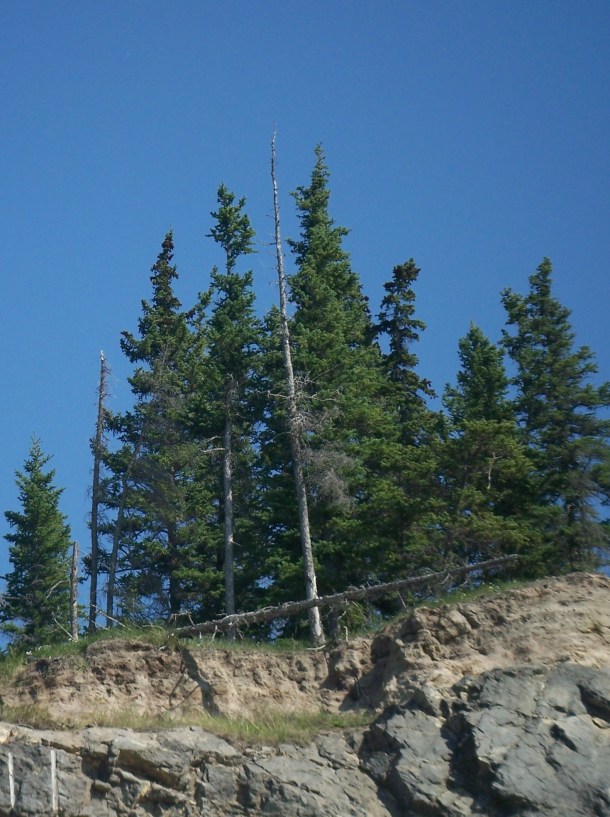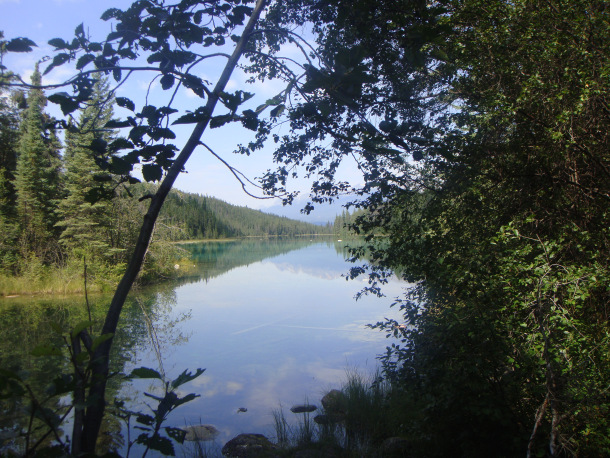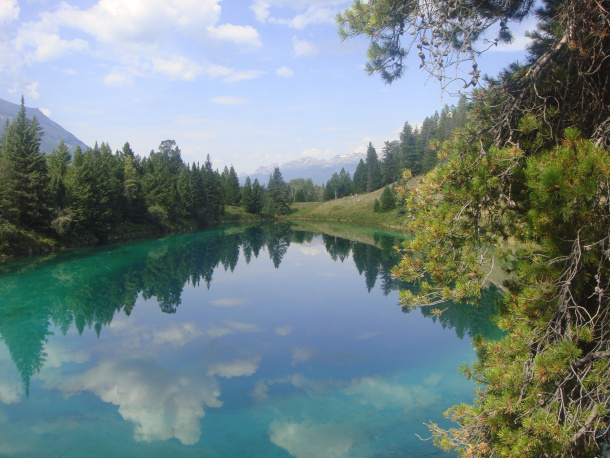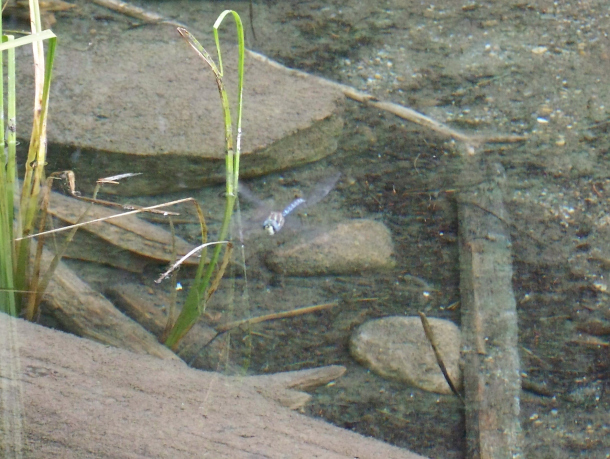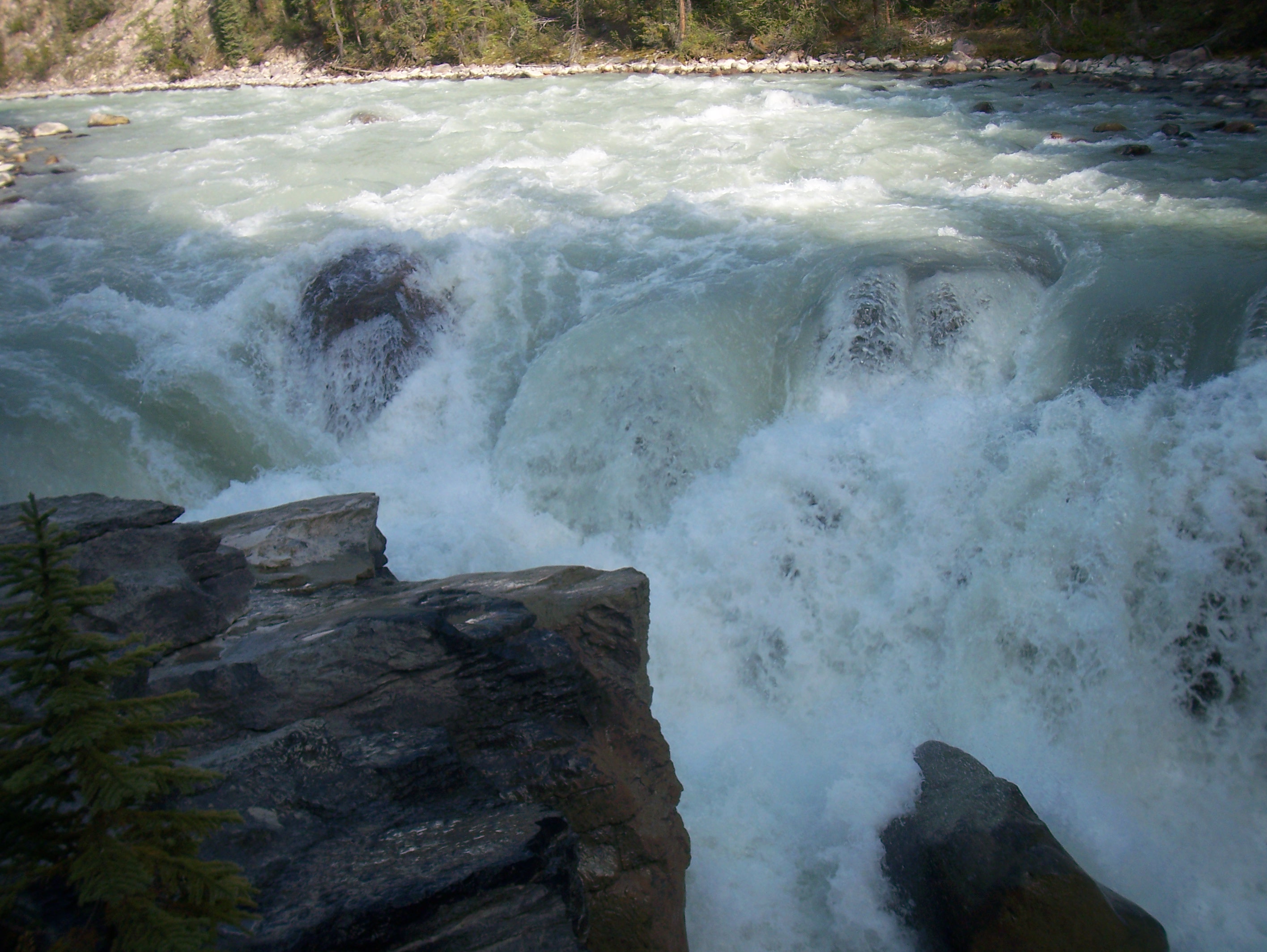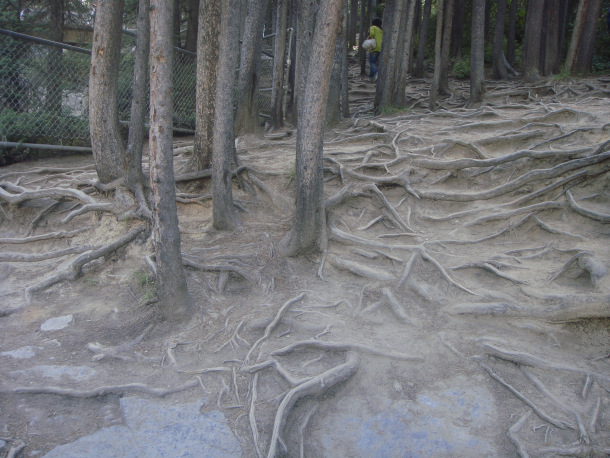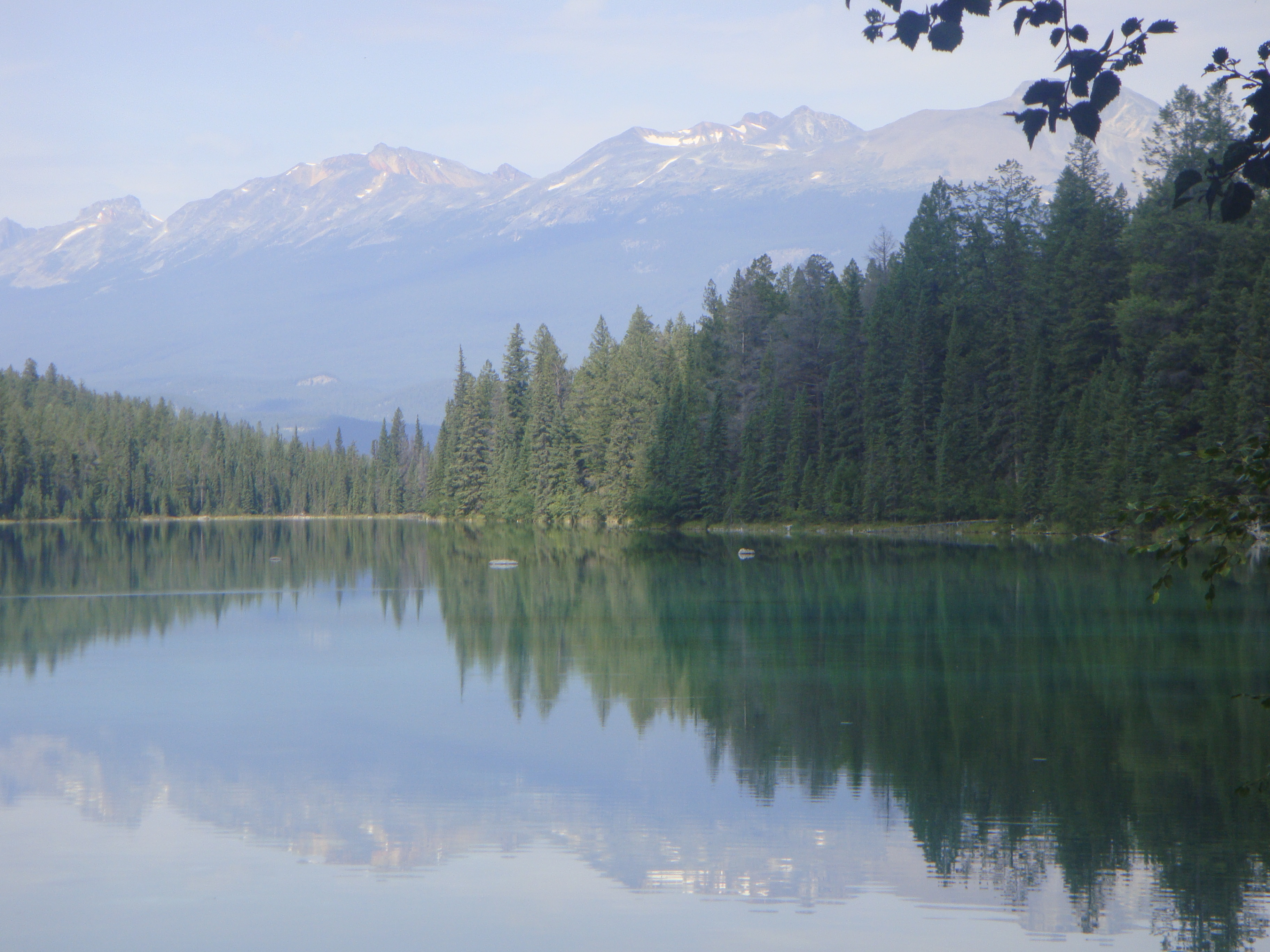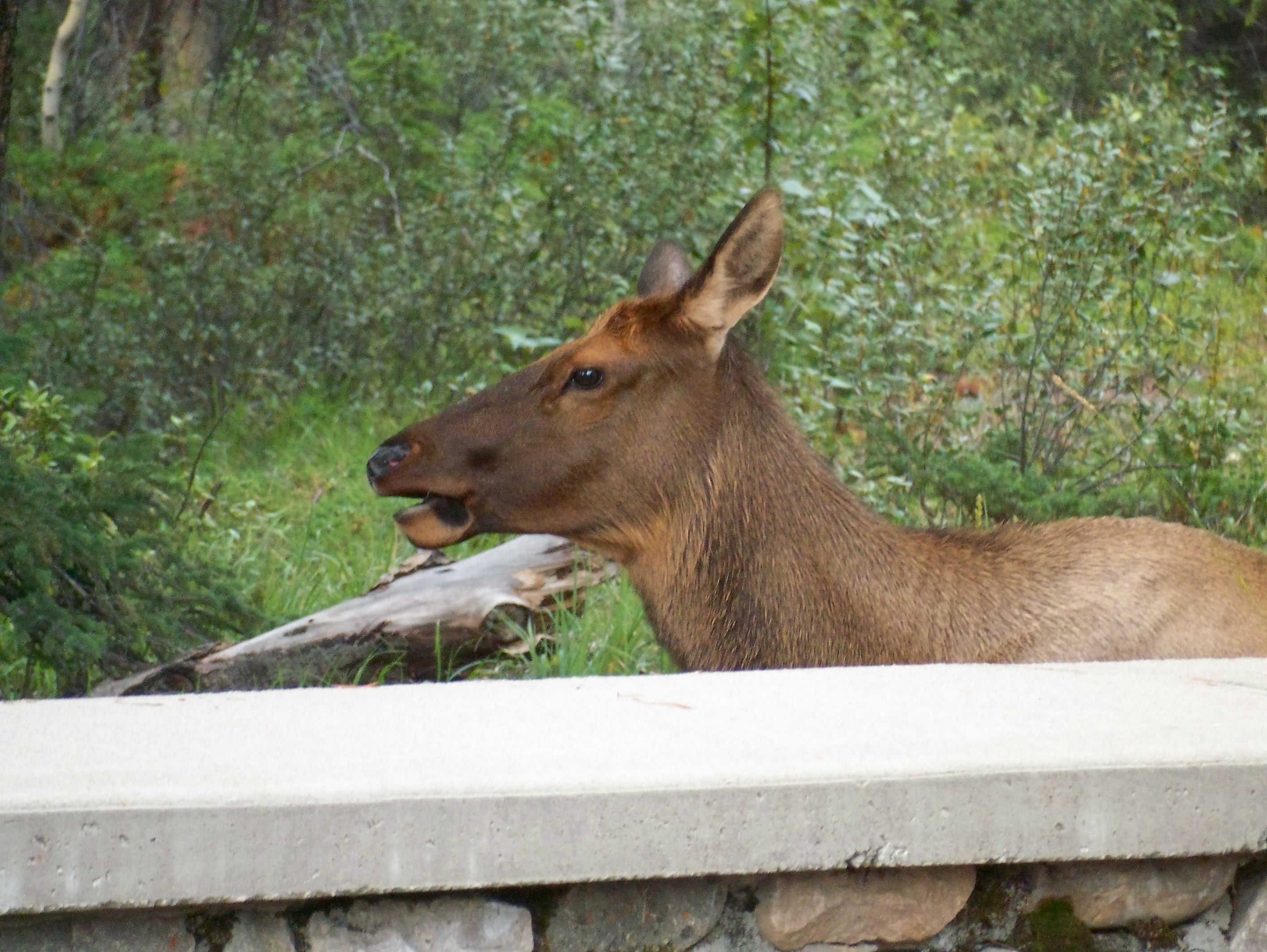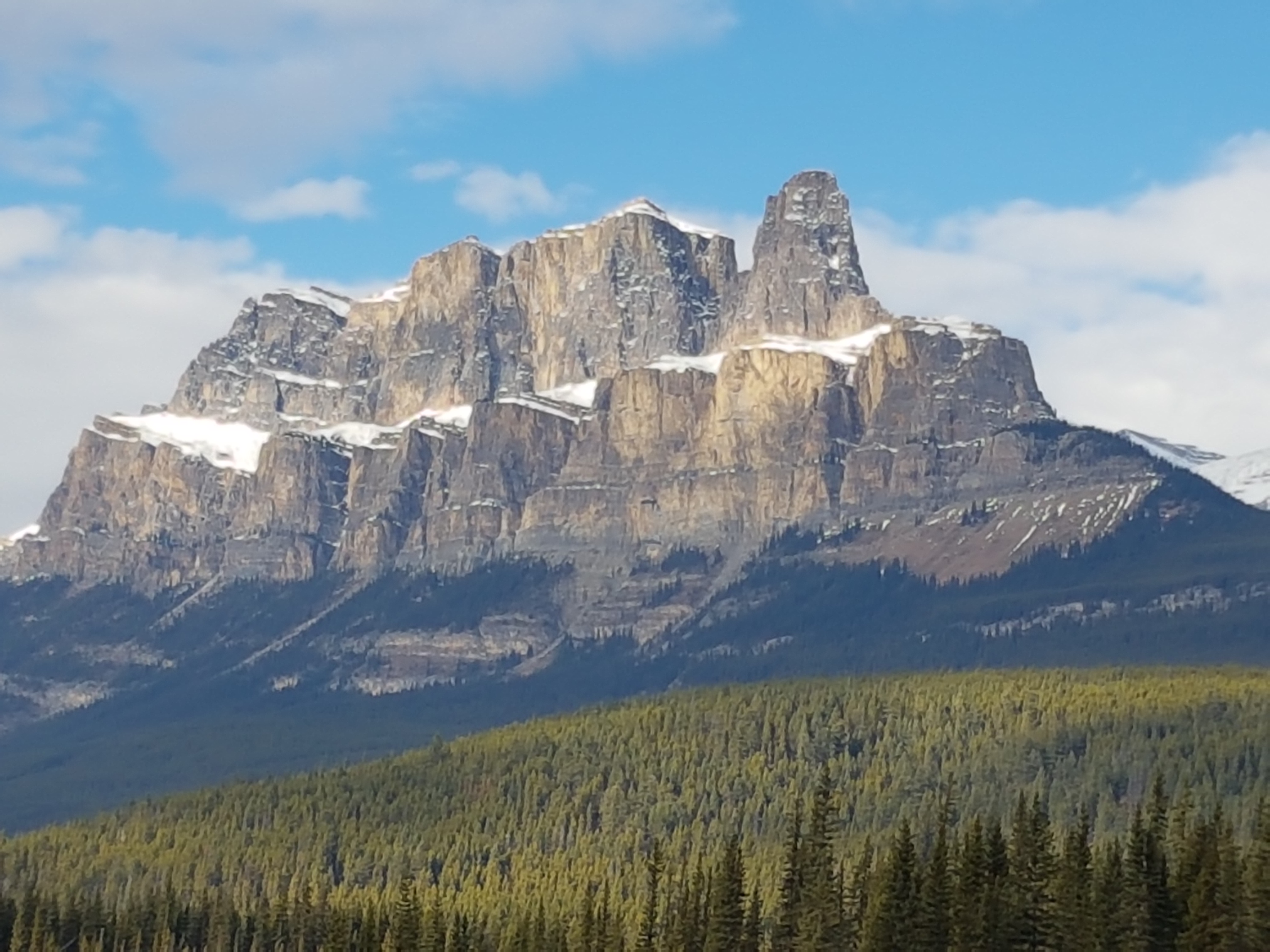When I traveled to attend events based on the writings of Parker Palmer, two gifts emerged. First, the settings chosen were beautiful and peaceful, with considerable access to being able to walk. Second, along with the time outside, there was considerable time to reflect in solitude and with those gathered. Part of the reflection, was to listen as one spoke and hear, as if for the first time, what one was/is saying.
I wrote the following poem after time reflecting on my pedagogic practices. I taught in a setting that required me to be present and I was falling short and, as a result, letting students, families, and myself down.
Over time and without realizing it, I had fallen into habits of just doing things the way I had before. I experienced a false sense of security in my teaching. This was something I promised I would not do when I entered teaching.
To teach, I felt I had be on the margins and be awake to each student and their particular needs, listening to what they and their families told me about them. The margins are what surround us. Too often, I wanted to be in the centre of things, where I was comfortable and the centre of things. I don’t learn much there.
sensing false security,
being the centre,
yet, margins surrounding–
paradox of one’s being.
standing out,
revealing blemishes,
making them obvious–
reveling in them.
finding comfort on the margins,
not hiding in the crowd,
reflecting one’s character–
stepping out and away with pride.
composing one’s humanness;
in deep concert with others,
sharing perfect imperfections–
enriching human moments.
This took some doing to edit the final poem, but here it is. I chose the picture, as it is a reminder that nature does not provide perfection. It provides perfection in imperfect patterns that emerge.
In nature, trees like the ones in the picture find a way to survive. Despite their lack of size, these trees are at least 100 years old and have survived, one might say thrived, living on the margins. They have a wonderful view from a precarious vantage point.
